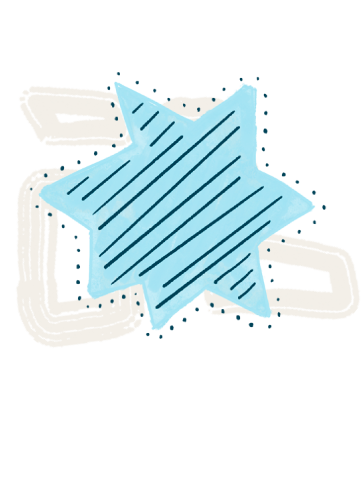Technology can sure come in handy sometimes, especially in the translation industry. CAT tools are one such piece of technology that can make translation work faster and more accurate. CAT, which translates to “Computer Assisted Translation”, is a term that can describe software used by translators to improve their efficiency and quality. A translation memory (TM) is just one feature of CAT tools, but it is an important one. A TM serves as a database which stores previously translated text such as words, phrases, and sentences. Despite how useful a TM is, clients may not always have access to one. Let’s look at why that may be and how the issue can be remedied through the use of translation memory alignment.
Why a Translation Memory May Not Be Used

Using a TM with previously translated text is extremely beneficial to achieve consistency in style and terminology throughout all translated materials, but in some cases clients can’t provide linguists with TMs. This means that neither translators nor clients can leverage prior work when translating new documents.
There are a variety of reasons why a TM may not be available for use. It could be because the linguist wasn’t using a CAT tool at the time they began translating documents for a client. In some cases, the client may simply not have access to a TM file utilized by a translator they no longer work with and who did not deliver the file during their handoff.
Regardless of the reason a TM may not be available, if the original files and the translated versions are at hand, this inconvenience can be quickly overcome.
Where Translation Memory Alignment Comes In
For those who want to utilize a TM, without having to start from scratch, translation memory alignment allows for the user to import two files representing the same text in two different languages and align the sentences side by side to generate a TM file. This process allows you to build a repository of translation units that will be saved to the TM and can be utilized in future translation projects.
The translation memory alignment process can be completed through different tools. Most CAT tools offer their own alignment feature, but there are others in the market as well that specialize in this process.
A Personal Touch

Some alignment tools will generate a report with a “quality score” that gives an indication of how successful the alignment was. Translation memory alignment projects should always be performed by a linguist who knows the two languages being handled. The linguist will check each segment and approve correct matches or fix incorrect matches in order to perfect the TM. Human work will help ensure the alignment is 100% correct. This intervention is especially helpful when dealing with documents that have complex formatting that can lead to accuracy issues during the alignment process.









